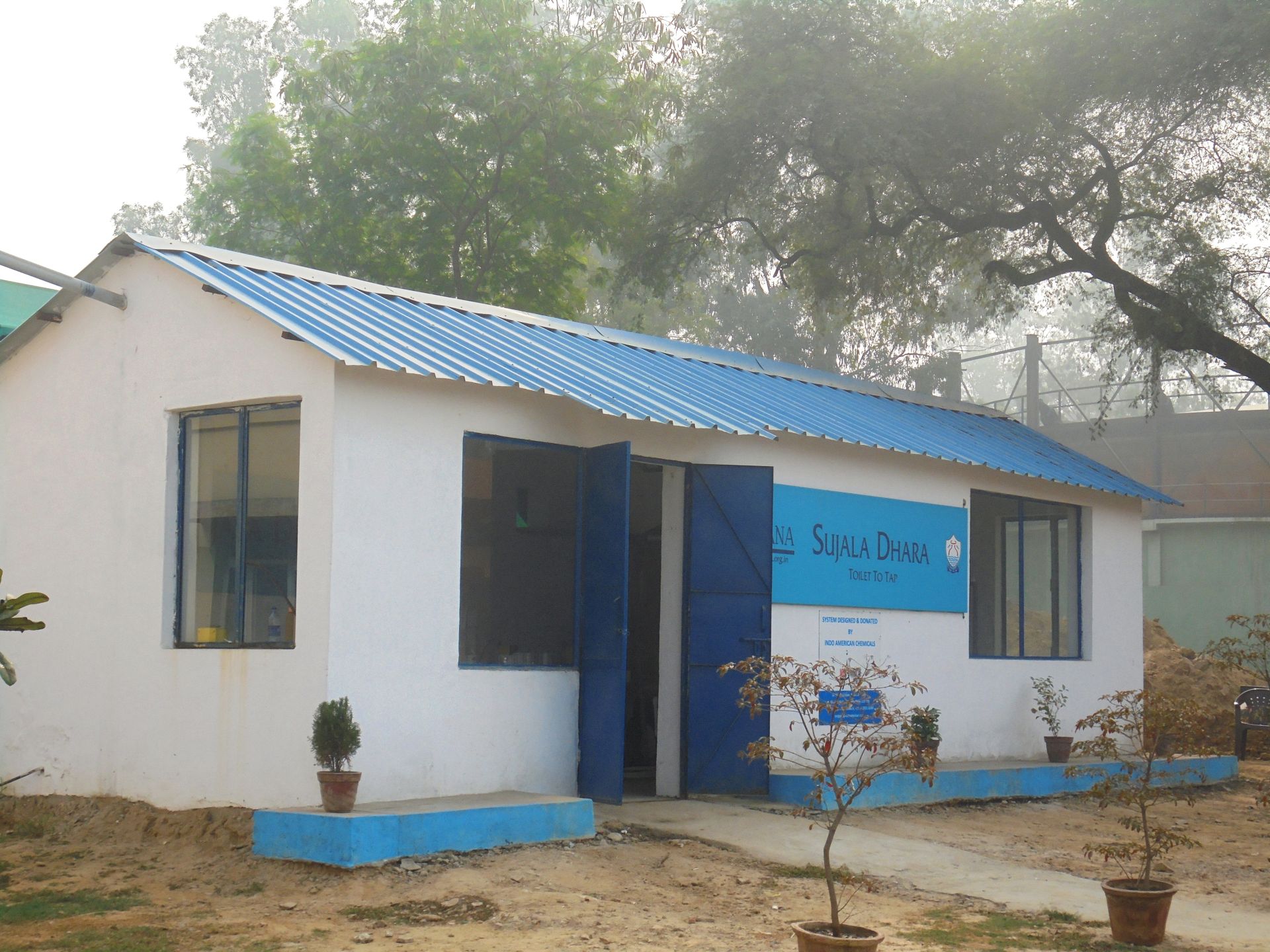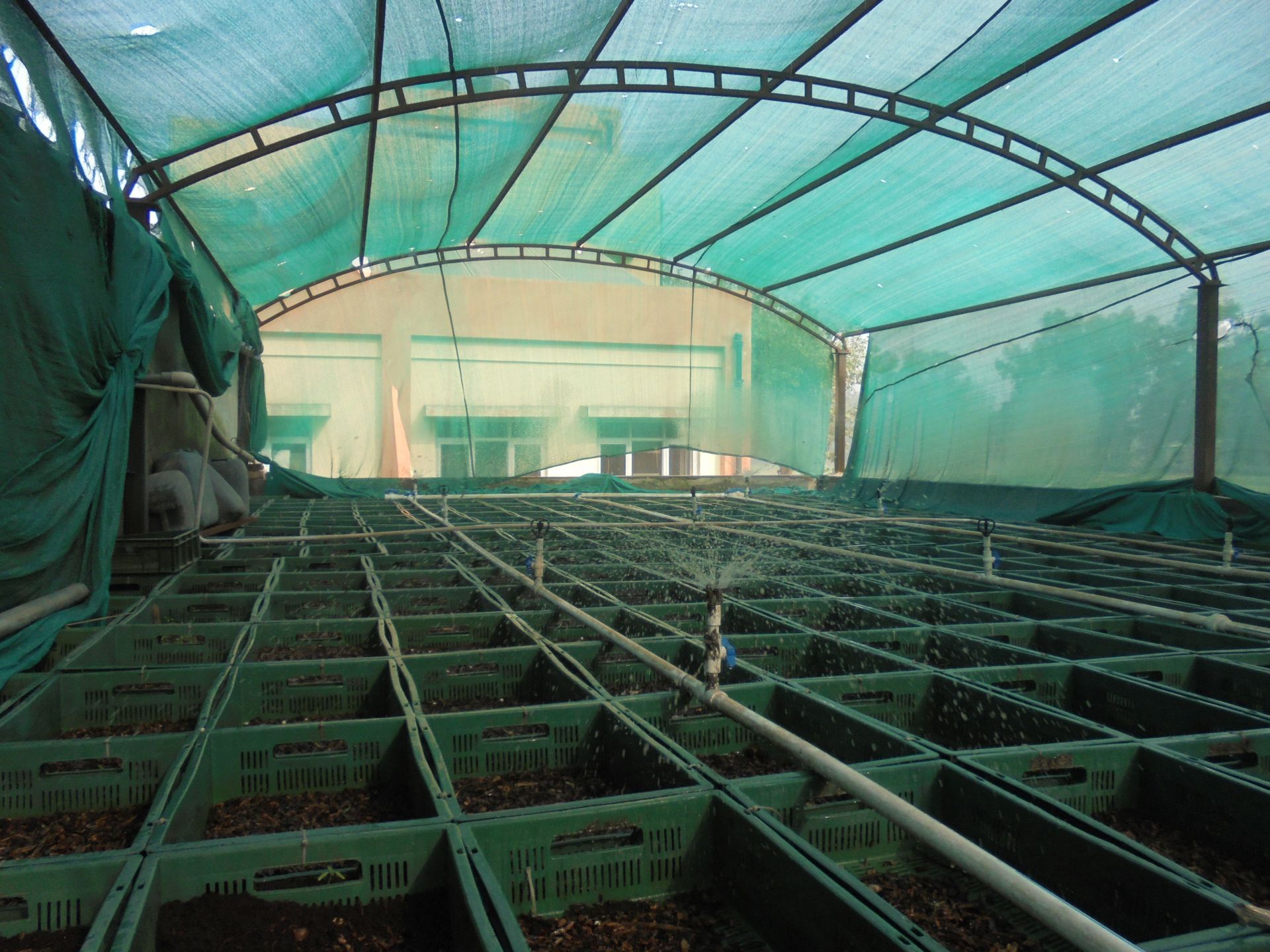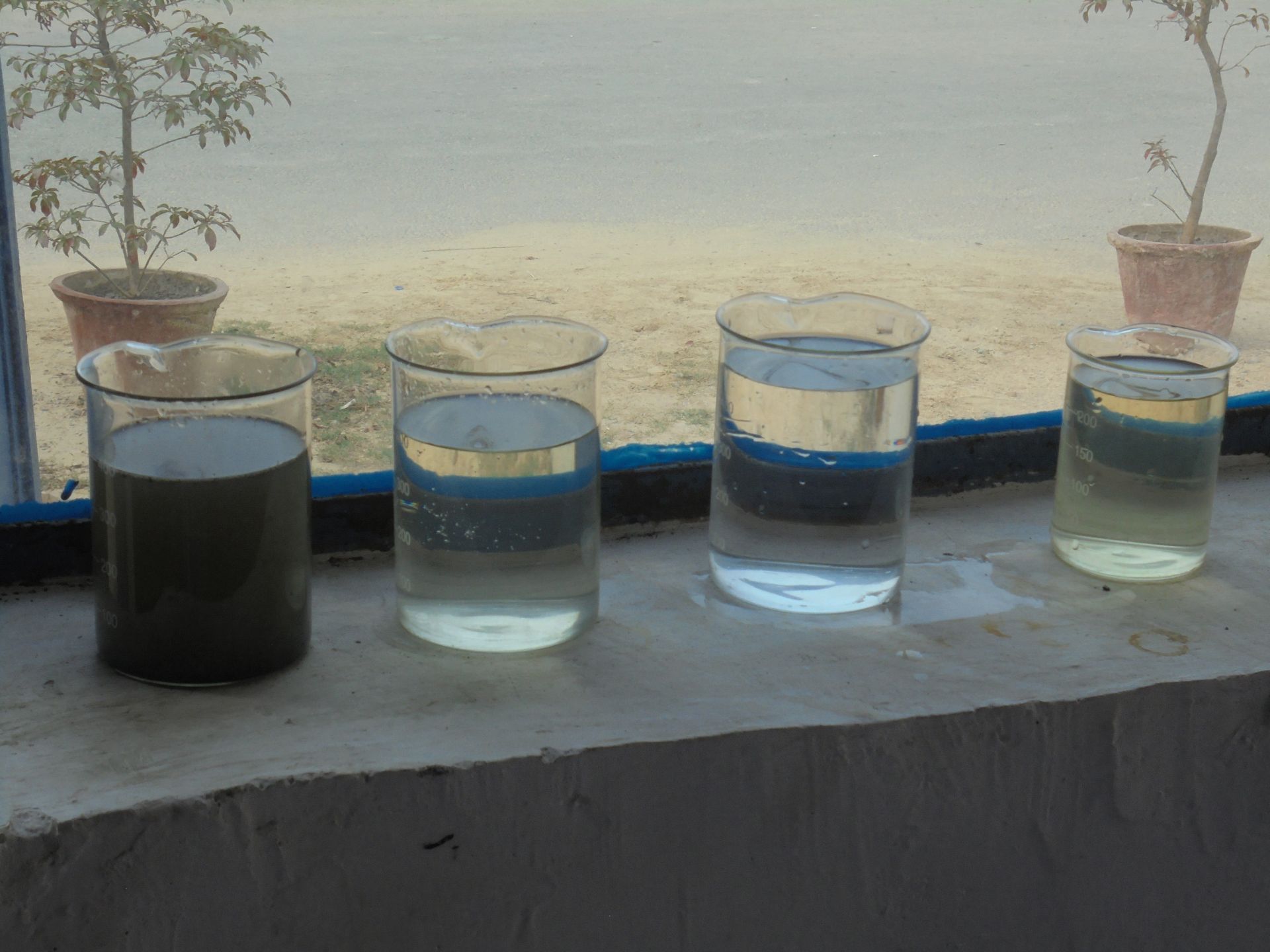An article in India Today three years ago was titled ‘Beware Delhi! 70 percent of water in the capital unfit to drink’. Only last year a spike in industrial pollutants in the Yamuna forced the Delhi Jal Board to cut production at two of its water treatment plants by half. This means that Delhi's tap water, at times, is diluted wastewater. Do we need more proof of this than the urban local body itself accepting that the drinking water supply at our homes is contaminated with sewage water? Then why is it that most people find the idea of drinking fully recycled wastewater repulsive, especially when recycled from sinks and toilets even though it is nearly as pure as distilled water? Is it not a part of the solution, not just for drinking, but for agriculture and industrial sectors too?
Prof. Asit Biswas, founder of the Third World Centre for Water Management in Mexico told India Water Portal in an interview that in Singapore, over 50 lakh residents have accepted it as a solution. Dependent on Malaysia for up to 50 percent of its water, Singapore decided that it was better to be self-reliant. With these NEWater treatment plants, it has not only managed that but also become a hub for advanced water research. A similar effort is also being done on an extensive scale in Orange County Water District in USA.

From wastewater to pure water: Pilot project in collaboration with Delhi Jal Board
“Astronauts do it aboard the space station”, says Rahul Jha of Absolute Water, the water wing of Chemical Systems Technologies. The company develops technologies, which render wastewater pure enough to drink. A leader in membrane technology, they set up a pilot centre ‘Sujala Dhara’ at the Keshopur Sewage Treatment Plant in July 2015 in collaboration with the Delhi Jal Board and a non-governmental organisation called Social Awareness, Newer Alternatives (SANA). The plant, set up at a cost of Rs. 55 lakh, can produce over 4,000 litres of clean water every hour.
It costs Rs. 3.5 crore to set up a plant with a capacity of 1 million litres a day while a conventional sewage treatment plant would cost about Rs. 4.5-5 crore. Further, the operational expenses are 66 percent of that of a conventional plant. It is also possible to run this solar powered plant all day long using battery backup. Delhi Jal Board monitors the quality of the plant’s water, and agencies like the Central Pollution Control Board have given it a green signal.
The purification process
The plant receives water from the Keshopur drain, and the water from the sewage pit goes through a bio filter that has layers of organic and inorganic material such as earthworms, plants, cotton extract, bacteria, sand and pebbles. The water then goes through a feed tank into the sand filter and finally through a nano-filter membrane, measuring 0.001 micron. The reject water from this plant amounts to just 15 percent of the raw water and is rich in nutrients like potassium and nitrogen, which can be used as a liquid fertilizer.

For Delhi which is forever eyeing water from its neighbours, this technology could bring some respite. Does that mean that Delhi should unapologetically recycle its sewage and other wastewater for drinking purposes in the same way that Singapore does? Not just yet, and certainly not until it gains wider public acceptance. But there is a need to significantly ramp up capacities to recycle wastewater for domestic needs.
Dual pipe system will lessen the amount of waste discharged into the Yamuna
“Sooner or later, the city has to shift to decentralised water supply and sewage systems given the prohibitive costs of laying sewage lines—Rs. 20 crores for a kilometer”, says Rahul Jha. The cost of energy used in conventional sewage plants is prohibitive and huge amounts of methane, a greenhouse gas, is produced. Decentralised water supply and colony level treatment of wastewater and setting up of a dual pipe system are a way out of the crisis. “The technology means there is less waste discharged into the Yamuna and lower clean-up budgets for the river”, says Yogendra Singh, the plant operator.
Work is underway to supply the plant water to Keshopur Bus Depot for washing vehicles. The water will also be provided to the residence of Delhi Jal Board officials who live close to it, and where work on the dual piping system is proposed. So, two completely separate systems will be used to supply potable and recycled water to the users. An average household needs not more than 30 litres of water for drinking and cooking purposes. The rest of the water, which amounts to as much as eighty percent of the household’s water requirements, need not be treated to drinkable levels. The technology is very useful for large establishments like hotels, schools and government offices.

A reality sooner than later
Whether or not we aggressively promote the technology to recycle toilet water to drink, there are larger issues that need to be dealt with. Is it not time to move towards decentralised systems of water supply and sewage? Kapil Mishra, Delhi’s Water Minister hinted at this in his speech at the India Rivers Day 2015. Plans are already underway to forbid the use of potable drinking water for non-potable usage.
In any case, Delhi’s Master Plan 2021 calls for the “recycling of treated wastewater with separate lines for potable water and recycled water and the introduction of a dual piping system” for new constructions. It also suggests that “treated sewage water effluent should be recycled for non-potable uses like gardening, washing of vehicles, cooling towers etc”. So the two-pipe system is going to become a reality sooner or later.
Tenders were floated and responses came in, yet the roll out of the technology has not happened. “It may be a while before treated sewage water runs out of Delhi’s taps. It is but one option of the many”, Rahul says.
The least the government can do until then is to treat the water before discharging it into the river.













